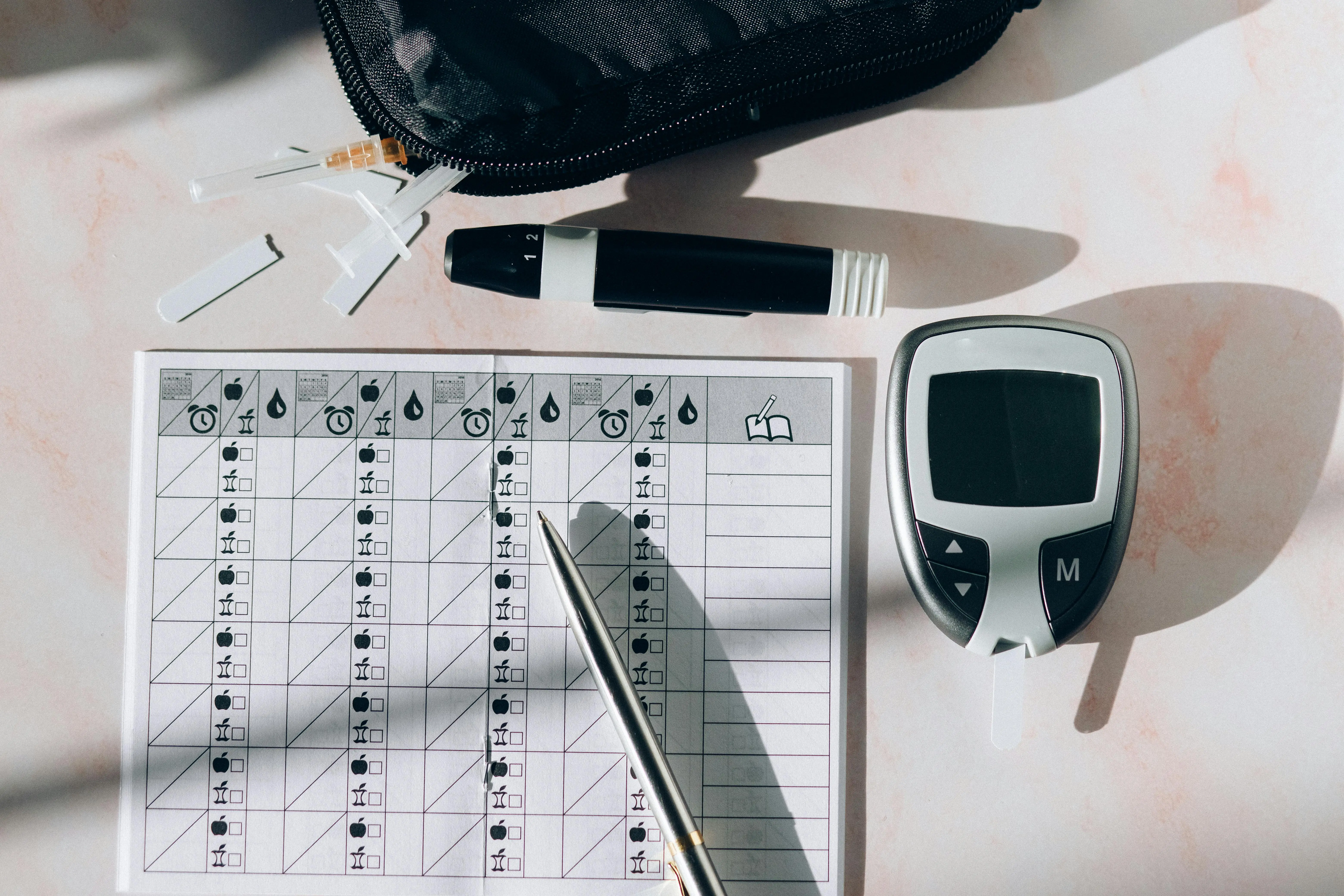Navigating diabetes management or simply maintaining awareness of one's blood sugar levels requires understanding and utilizing a variety of tools, one of the most crucial being the blood sugar conversion chart.

Blog
Understanding Blood Sugar Levels: Your Guide to the Blood Sugar Conversion Chart
Navigating diabetes management or simply maintaining awareness of one's blood sugar levels requires understanding and utilizing a variety of tools, one of the most crucial being the blood sugar conversion chart. This invaluable resource aids individuals in interpreting their glucose readings, ensuring they can effectively manage their health. Let's dive into the significance of blood sugar monitoring and how a conversion chart can be a cornerstone of diabetes management.
The blood sugar conversion chart is a tool designed to help individuals convert their blood glucose readings from one unit of measurement to another. Typically, blood sugar levels are measured in milligrams per deciliter (mg/dL) in the United States and millimoles per liter (mmol/L) in most other countries. Understanding how to read and convert these measurements is essential for anyone managing diabetes or monitoring their blood sugar levels for overall health.
Diabetes management often involves collaborating with healthcare providers from different regions or referencing medical resources that may use alternative units for blood sugar readings. The blood sugar conversion chart facilitates accurate interpretation of these readings, ensuring individuals can make informed decisions about their health regardless of the units employed.
Regular blood sugar monitoring is a cornerstone of effective diabetes management. It allows individuals to understand how different foods, activities, and medications affect their glucose levels, enabling them to make adjustments to their lifestyle or treatment plan as necessary.
To utilize a blood sugar conversion chart, simply find your current blood sugar reading in either mg/dL or mmol/L and locate the corresponding value in the alternate unit. This straightforward process demystifies blood sugar readings, making them accessible and understandable to everyone, regardless of their familiarity with diabetes terminology.
Integrating the use of a blood sugar conversion chart into your diabetes management plan enhances your ability to maintain optimal glucose levels. Here are additional steps to create a comprehensive and personalized approach:
Work with your doctor or diabetes educator to understand your target blood sugar ranges and how to adjust your activities and diet accordingly.
Focus on a nutritious diet rich in whole foods, balancing carbohydrates with proteins and healthy fats to manage blood sugar levels effectively.
Regular physical activity helps improve insulin sensitivity and manage blood sugar levels. Find an exercise routine that you enjoy and fits into your lifestyle.
Keep a log of your blood sugar readings along with notes on diet, exercise, and how you're feeling. This record can help you and your healthcare provider make informed adjustments to your management plan.
The blood sugar conversion chart is more than just a tool; it's an empowerment instrument for those navigating diabetes management or simply aiming to maintain healthy blood sugar levels. By understanding how to interpret and convert blood sugar readings accurately, individuals can take control of their health, making informed decisions that contribute to their wellbeing. Remember, managing diabetes or maintaining healthy glucose levels is a personalized journey. Consult with healthcare professionals to tailor your approach, and use tools like the blood sugar conversion chart to navigate this path confidently.
HealthOK Global provides expert insights on nutrition, meal planning, and healthy eating habits. Contact our FREE 24 x 7 Healthcare Helpline at +91-8047190955 for assistance.
The blood sugar conversion chart is a tool designed to help individuals convert their blood glucose readings from one unit of measurement to another. Typically, blood sugar levels are measured in milligrams per deciliter (mg/dL) in the United States and millimoles per liter (mmol/L) in most other countries. Understanding how to read and convert these measurements is essential for anyone managing diabetes or monitoring their blood sugar levels for overall health.
Diabetes management often involves collaborating with healthcare providers from different regions or referencing medical resources that may use alternative units for blood sugar readings. The blood sugar conversion chart facilitates accurate interpretation of these readings, ensuring individuals can make informed decisions about their health regardless of the units employed.
To utilize a blood sugar conversion chart, simply find your current blood sugar reading in either mg/dL or mmol/L and locate the corresponding value in the alternate unit. This straightforward process demystifies blood sugar readings, making them accessible and understandable to everyone, regardless of their familiarity with diabetes terminology.
Need Personalized Health Guidance?
Get expert advice tailored to your specific health needs from our qualified healthcare professionals.





